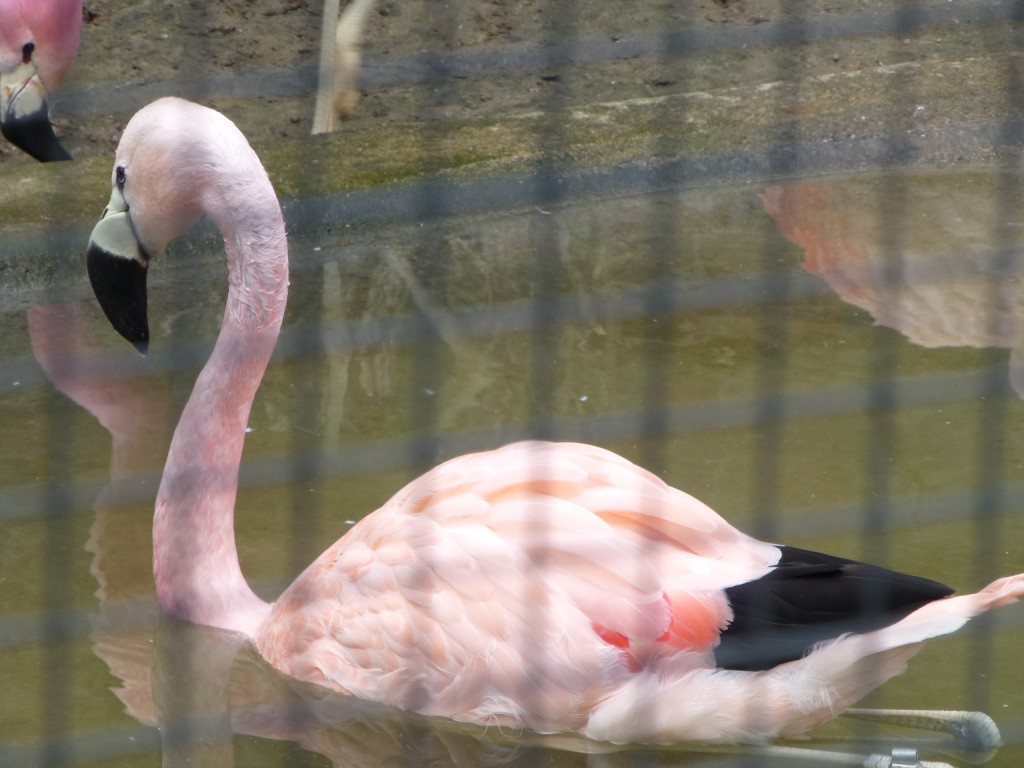Flamingo verhalten im Deutschland*
*Flamingo behaviour in Germany.
This past week I have left behind the cold environs of Slimbridge and journeyed to the equally cold climate of central Berlin. Not that I was especially looking for sunshine on this particular visit abroad. My trip to Zoo Berlin was to collect data on their flocks of flamingos to be complementary to the work that I am currently carrying out at WWT. In order to make my PhD as useful and as valid as possible it is important that I reduce the variables that the captive environment could impose on the birds' behaviour by studying more that one population, at different zoos. This way I can strongly say that any patterns or trends I observe are actually what the birds wish to do, and not down to the fact that they are managed by humans. Zoo Berlin, like WWT, is unique in that it keeps flocks of all six species. Unlike at WWT Slimbridge, the birds are not all in one location as the folks here in Germany keep them over two sites. It is Berlin Zoo's folk of Andean flamingos that is of specific importance for this is the only flock that I cannot get replication of over in the UK. So unless I went to Bolivia on my PhD budget (sigh, dream!) Berlin gives me the next best option of watching another flock of these very attractive, very calm and very composed flamingos.
I have seen numerous behavioural similarities between the flock of birds at Zoo Berlin and the flock that I am very familiar with at Slimbridge. This is a very "steady" species of flamingo. It is not given to panicky behaviour, and has a calm and well-mannered air to it (am I being far to anthropomorphic? Probably!). Just like at Slimbridge, there are strong partnerships between individual birds; even after only a week's worth of observations I can see that there are particular friendships within this flock. And, again just like the Gloucestershire-based birds these Andean flamingos like to swim. Looking very much like big pink swans, off they go around their pool.
I will be comparing the strength of the friendships between the Andean flamingos here in Germany with all of the other data that I am collecting throughout the course of my PhD. This will hopefully shed some light on why flamingos socialise in the ways they do and why some species, like the Andean, are more tricky to get breeding. There seem to be distinct differences between the species of flamingo. Some may be more fluid in their relationships than others (social butterflies perhaps?) whereas some species seem to invest in specific birds (quality over quantity). It will be interesting to find out what this means...
In the meantime, I am back to WWT next week and back again to Berlin in May to do another week of study in a different season, a different climate. Let's just hope for some sunshine!



